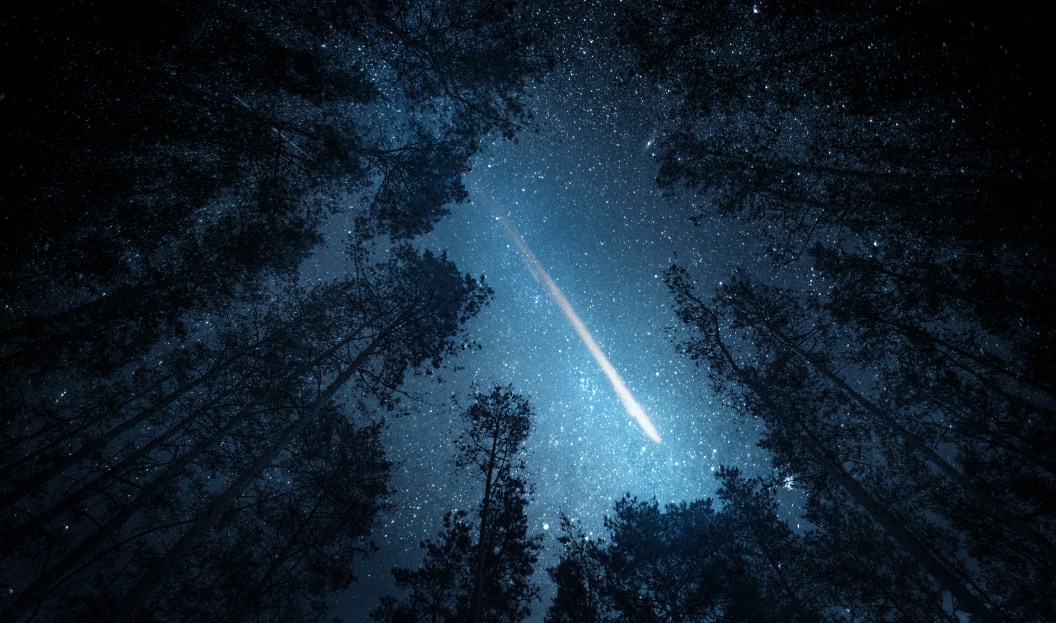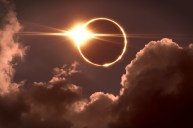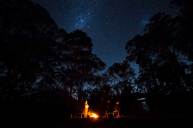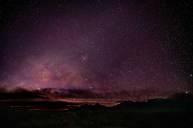The quickest, strongest, and most elusive meteor shower of the year will be visible tonight—but only for a brief window.
The Quadrantids, or the Quadrantid shower, will peak in the late night to early morning hours of January 3 and 4, according to the American Meteor Society, which recommends stargazers watch the sky between 1 a.m. to 5 a.m. local time for most of North America. Those watching from the proximity of North America's East Coast are predicted to see the shower earlier, while those in Hawaii and Alaska should be able to see it later. Unfortunately, anyone hoping to catch a glimpse of the Quadrantids from the Southern Hemisphere is likely out of luck. The shower's radiant point won't rise high enough before dawn breaks, obscuring optimal star viewing.
For those in the viewing zone, the American Meteor Society suggests sitting with the moon at your back from 2 a.m. local time onward. The moon will be around half full, which could complicate meteor shower viewing due to the brightness. If possible, position yourself in a place where the moon can be blocked out by a tree, building, or other structure. Find a place away from light pollution, such as streetlights, to look at the sky. Keep an eye on the north-to-northeastern sky. Keep in mind that any wintery weather can make viewing difficult.
Another pro tip: Let your eyes adjust to the darkness for about 20 to 30 minutes without looking at your phone before trying to view the shower.
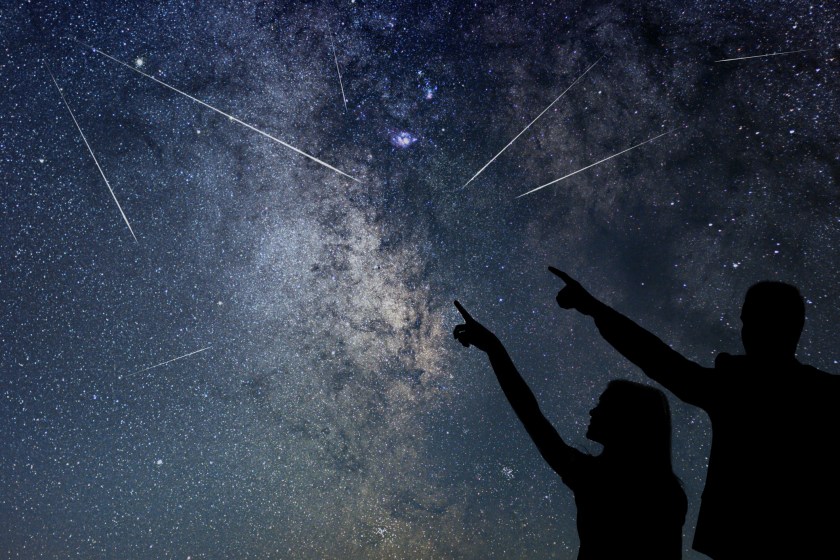
Getty, Alexxander
The Quadrantid shower peak could include more than 100 visible meteors per hour, with some exceptionally bright flashes of light and color, NASA says.
Meteors are chunks of debris from broken asteroids that roam through space and sometimes fall to earth. The majority of meteors are small, about the size of a grain of sand. Meteoroids, which are particles of dust from meteors, enter earth's atmosphere every day. Every year, Earth passes through dusty swirls of meteoroids on its annual trip around the sun. When Earth passes through those trails, it creates the shimmering displays that we call meteor showers.
Don't blink—or you could literally miss it! The Quadrantid shower is notoriously hard to see. Its peak is significantly shorter than that of most meteor showers, which typically peak over the course of a day or two. That is because the stream of meteorite particles that Earth is passing through is considerably thinner than most others. Adding to the complication, NASA says, is that the shower is only visible at a perpendicular angle due to the dense concentration of those particles.
Nonetheless, it will be a sight to behold if you can catch it. Happy stargazing!
